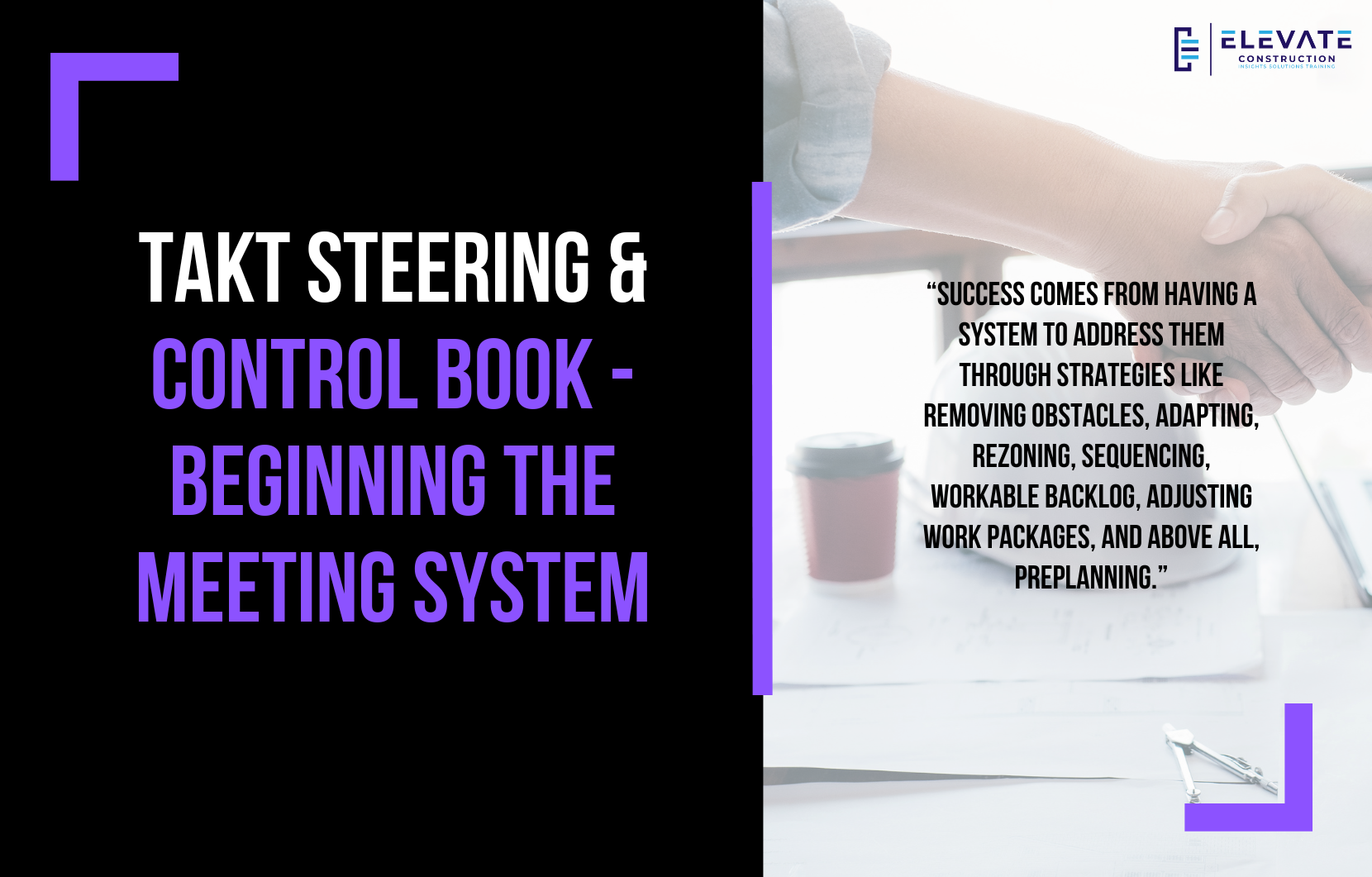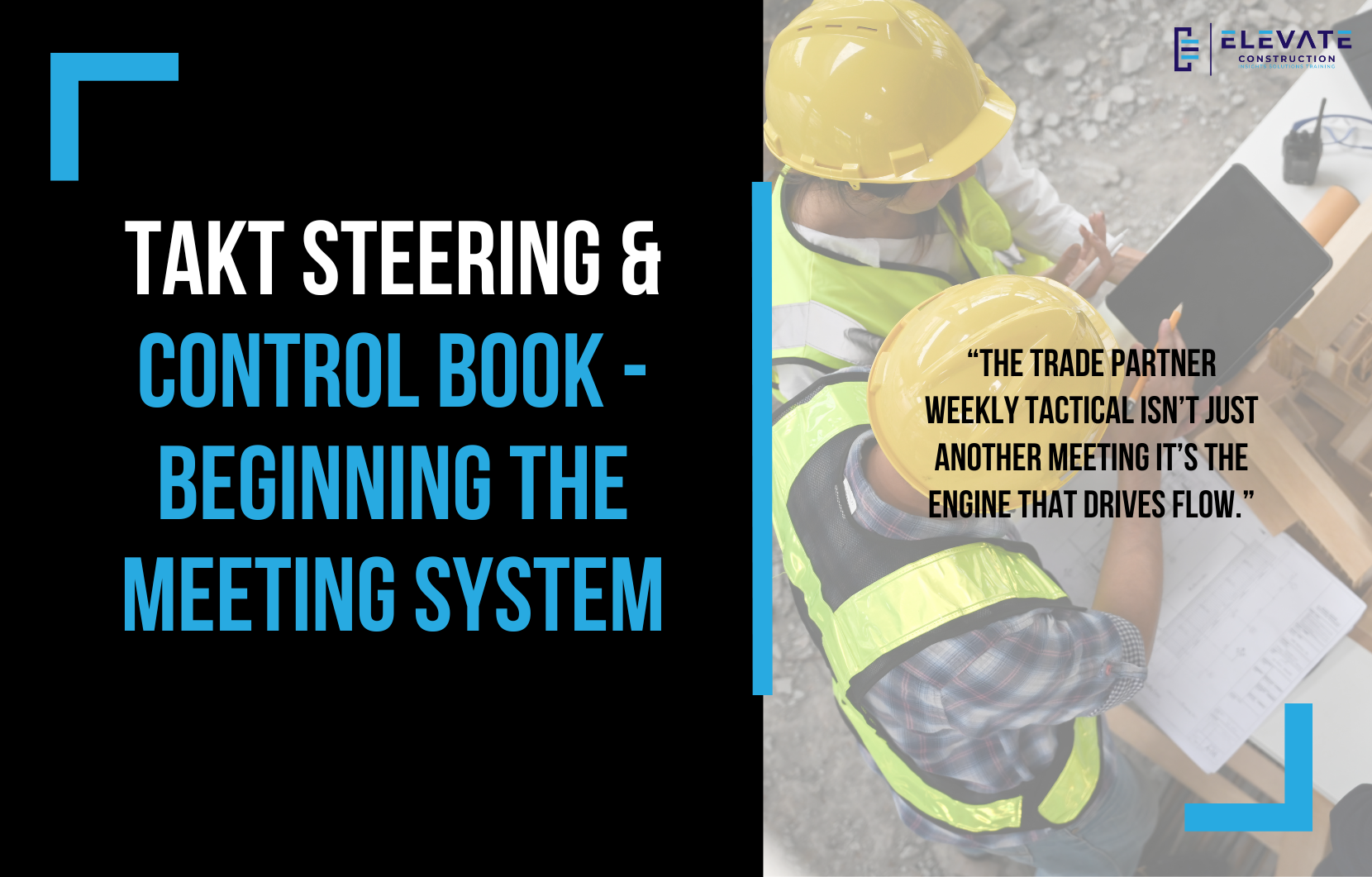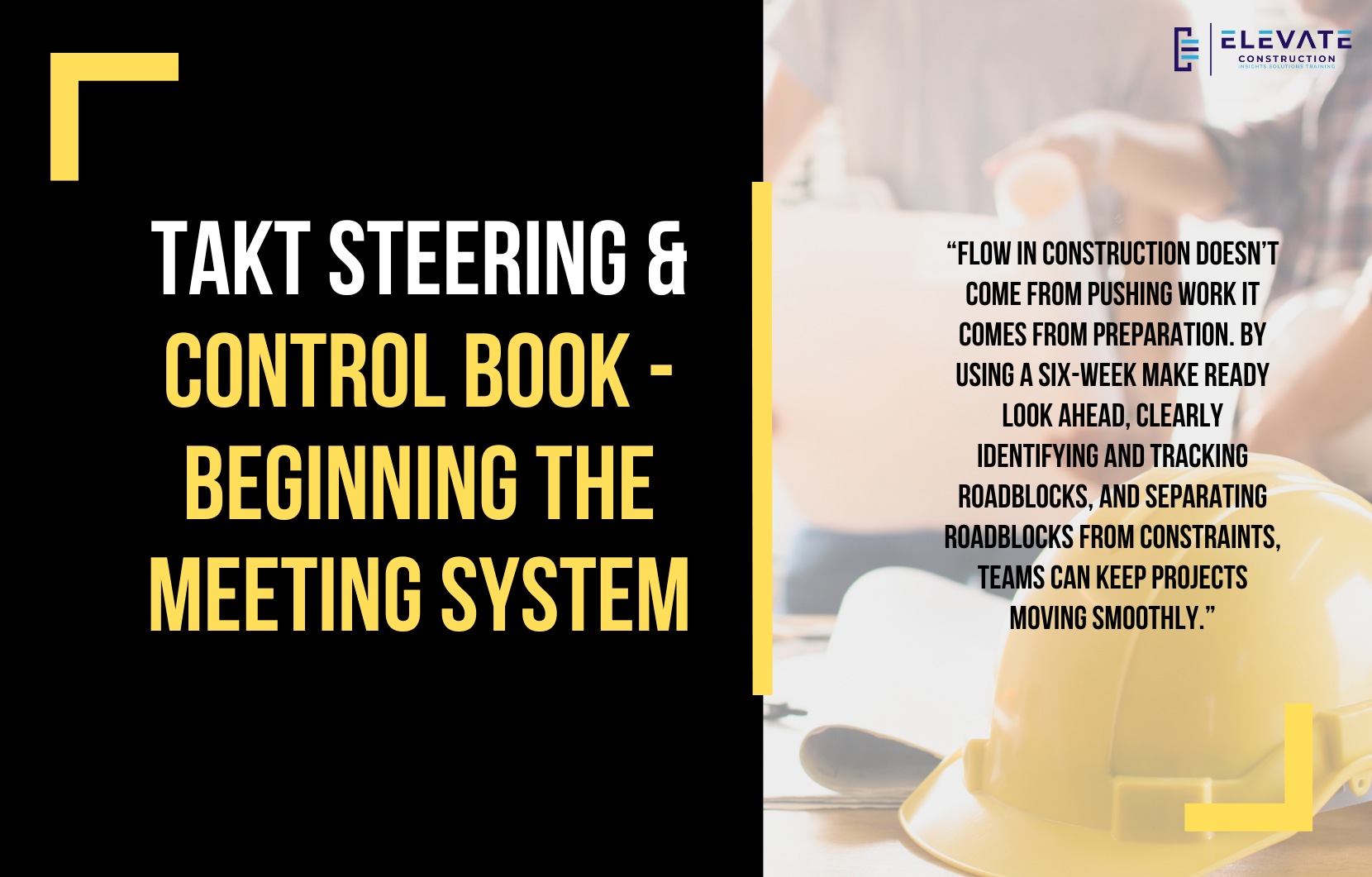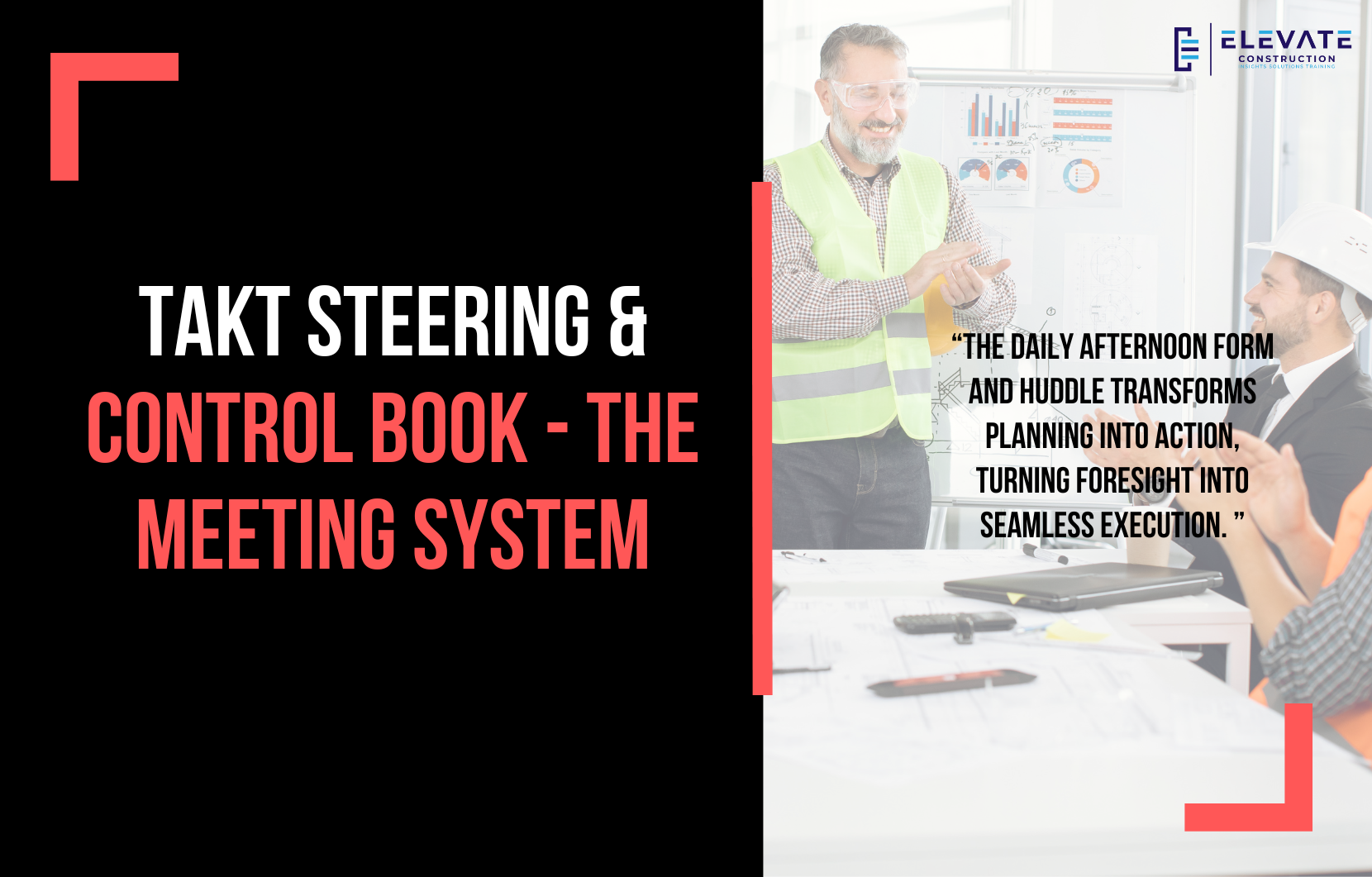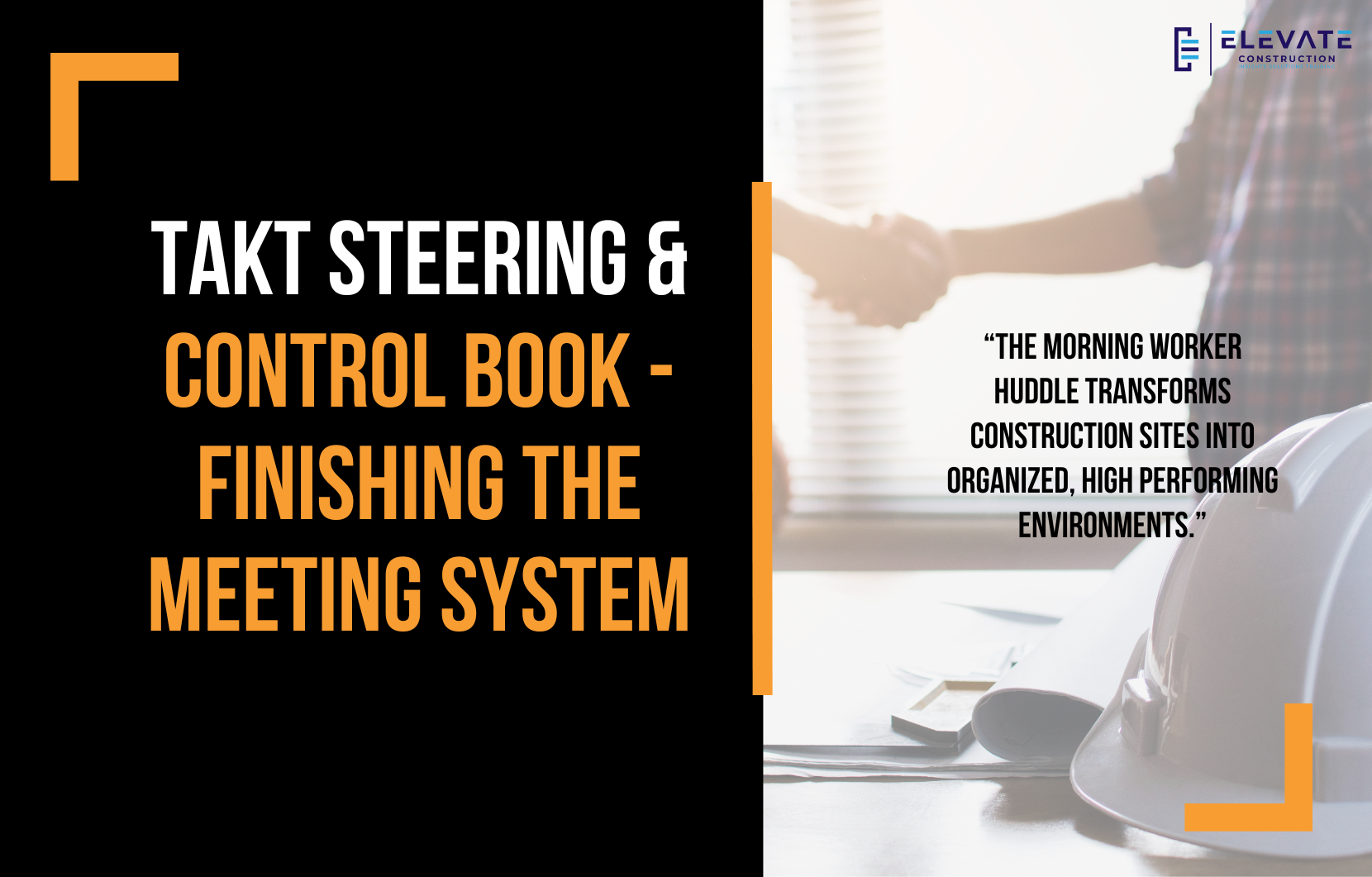Why I Care About This
I have been in construction at every level, from field engineer to superintendent. My heart is with the foremen and workers who do the real work on projects. When a foreman or trade partner gives me positive feedback, it means the world to me because those are the people I am here to serve and protect. That is why I take this conversation about apologetics so seriously.Understanding Apologetics
Apologetics traditionally refers to defending a belief system, often in religion. I first encountered it through books that debated faith, belief, and criticism. What I learned was simple: criticism is not always bad. In fact, questioning and challenging institutions is essential when they hold power over people’s lives. The same applies in construction. If a system is being forced onto people through contracts or mandates, it must be open to scrutiny.Why Construction Needs Critics
There are too many apologists in construction today, defending things like CPM, EVM, and sometimes AWP. These methods are not just optional tools. They are often mandated in contracts, written into government requirements, and used to control projects in ways that hurt people on the ground. Unlike the Last Planner System or Lean methods, which I believe can always be improved, CPM and similar systems are fundamentally flawed. They have become state-like powers in our industry, and that makes them dangerous.My Personal Stand
I did not go looking for a fight with CPM. CPM got in the way of the work. I have seen it used as a weapon against good people who were trying to deliver great projects. That is why I cannot sit back and watch. It is my moral imperative to challenge it, criticize it, and work toward removing it from contracts where it harms rather than helps. Criticism in this case is not negativity, it is progress.Moving Forward
I want to be clear that I am not against improvement or iteration. Lean practices, planning systems, and respectful management methods can and should always be improved. But there is no place for apologetics when a toxic system is forced upon workers and leaders in the industry. The time for defending outdated methods is over. The time for open criticism, innovation, and respect for people is now.Key Takeaway
I believe it is our moral duty to challenge toxic systems like CPM, EVM, and AWP when they are forced upon us. True improvement comes when we stop defending broken methods and instead push for systems that actually respect people and deliver results.If you want to learn more we have:
-Takt Virtual Training: (Click here)
-Check out our YouTube channel for more info: (Click here)
-Listen to the Elevate Construction podcast: (Click here)
-Check out our training programs and certifications: (Click here)
-The Takt Book: (Click here)
Discover Jason’s Expertise:
Meet Jason Schroeder, the driving force behind Elevate Construction IST. As the company’s owner and principal consultant, he’s dedicated to taking construction to new heights. With a wealth of industry experience, he’s crafted the Field Engineer Boot Camp and Superintendent Boot Camp – intensive training programs engineered to cultivate top-tier leaders capable of steering their teams towards success. Jason’s vision? To expand his training initiatives across the nation, empowering construction firms to soar to unprecedented levels of excellence.
On we go


